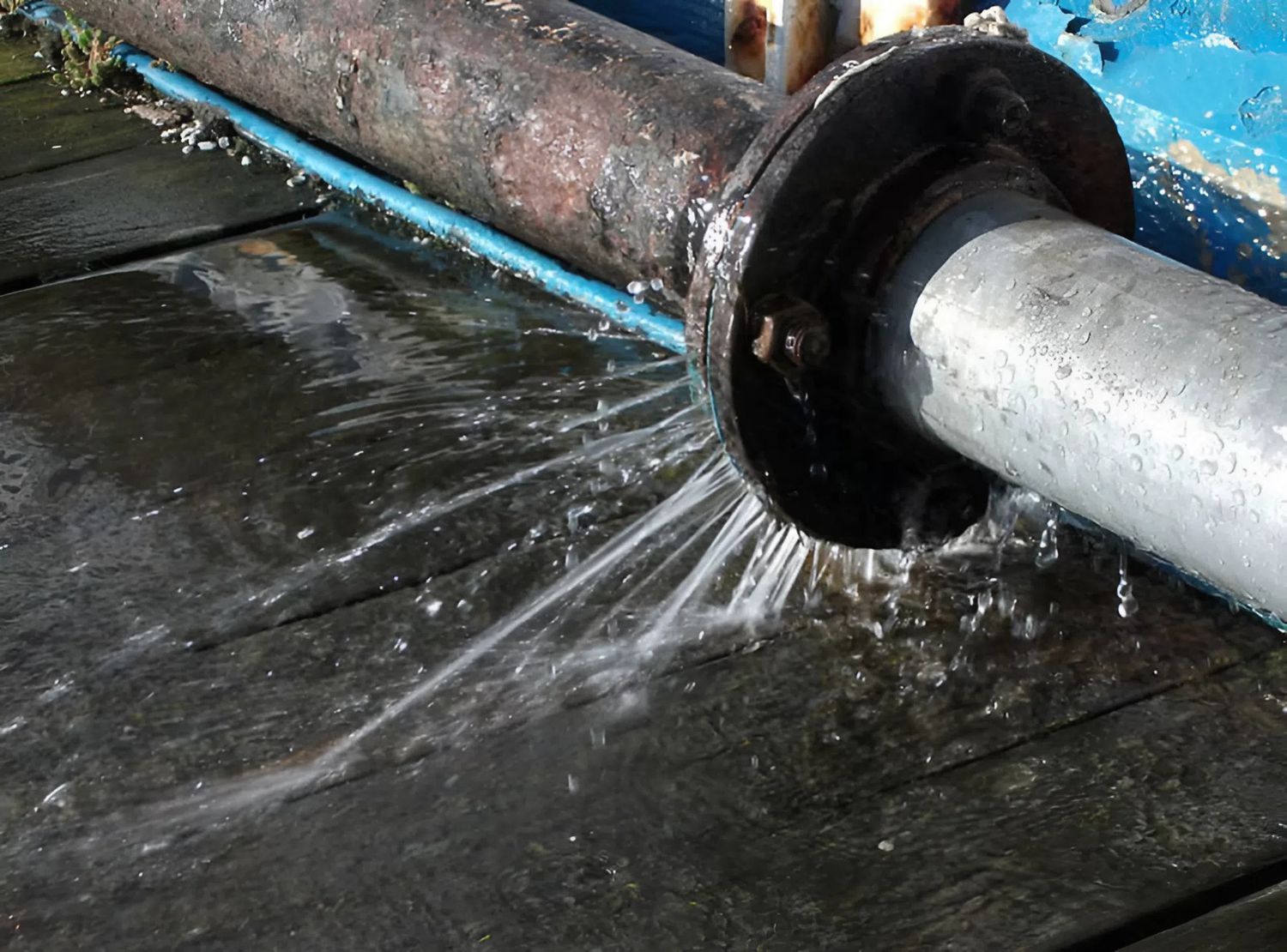Pipe & Cable locator
Accurate Underground Water Pipe Leak Detection Without Excavation
This article provides a detailed analysis of the acoustic mechanism, signal correlation method, and the process of underground leak detection, helping engineers and managers pinpoint the exact leak location without ground excavation.

The Complex Nature of Underground Water Leaks
Underground water supply systems in urban or industrial areas always play a crucial role but are often not given due attention. When deep-buried pipes develop leaks, the signs are usually very subtle. The road surface shows no clear deformation; the escaping water seeps into the soil or flows along small cracks, causing the problem to persist unnoticed.
A gap of just a few millimeters in a high-pressure pipeline can lead to the loss of tens of cubic meters of water daily. In areas with complex infrastructure, prolonged leakage reduces local pressure, causes network imbalance, and can even lead to roadbed subsidence. The consequences are not only resource depletion but also a direct impact on the structural integrity of the constructions above.
Traditional leak detection methods rely on sensory perception, pressure measurement, and field observation. However, this approach requires high experience and is labor-intensive. In many cases, dozens of spots must be excavated just to find one small leak. Therefore, today's infrastructure engineers prioritize non-invasive solutions for underground leak detection, based on precise physical measurement principles, allowing anomalies to be identified directly from the surface.
The Acoustic Mechanism in Underground Leak Detection
In modern leak detection technology, acoustics plays a pivotal role. When water escapes from a pipe through a small opening, the pressurized flow creates mechanical vibrations that propagate along the pipe body and the surrounding environment. These vibrations have a characteristic frequency range, distinct from the background noise of traffic or mechanical equipment.
Acoustic leak detectors use high-sensitivity sensors to capture these vibrations. Sensors are typically placed on contact points that have good connection with the pipe body, valve caps, or the road surface. The captured signal is then amplified, frequency-filtered, and displayed on an analysis screen. As the sensor moves closer to the leak location, the vibration amplitude increases significantly, forming a peak signal region.
This method allows technicians to localize the suspected area without mechanical intervention. Besides the ability to detect water leaks, the system also helps identify abnormal vibrations caused by gas or pressure changes inside the pipe. Thus, acoustic data becomes the initial basis for determining the scope of more detailed inspection in the subsequent phase.
Application of Correlation Technology for Leak Location
When a precise leak location needs to be determined on a long pipe segment, signal correlation technique is currently the most effective solution. This method is based on the principle of analyzing the time delay between two acoustic sensors placed at both ends of the pipe segment. The sound generated at the leak point propagates in opposite directions toward the two sensors, and the software calculates the position based on the time difference between the two signals.
The accuracy of this method can reach a few centimeters if the speed of sound propagation in the pipe material is known. Digital sensors combined with signal processors help eliminate environmental noise and provide stable results even when the pipeline is deeply buried or located under a concrete road surface.
Locating Underground Pipes Before Leak Detection
Effective leak detection is impossible without knowing the exact route of the underground pipeline. In reality, many infrastructure areas have overlapping layers of water pipes, electrical cables, and telecommunication lines, making the positioning process complex. The first step must be to accurately determine the location and direction of the pipe to be inspected.
Underground pipe locators operate based on the principle of electromagnetic induction. A signal transmitter is connected to the pipe or an internal signal wire, creating an electromagnetic field that propagates along the pipe. A handheld receiver unit picks up the signal and displays the alignment/route as well as the burial depth of the pipe. For non-metallic materials, a signal sonde can be placed inside the pipe to achieve similar results.
Refer to the types of equipment positioning pipes at: Metal wire positioning pipe type measuring machine and additional non-metallic pipes
Integrating Location Data into Urban Water Infrastructure Management
Water network management today is no longer limited to handling individual leak incidents. The goal is to build a synchronized operating system capable of monitoring, forecasting, and optimizing the entire network. Measurement data from locating equipment and leak detectors serve as the foundation for this model.
When pipe route, material, depth, leak location, and repair history information are synchronized onto a GIS system, managers can track the entire network on a digital map. Areas with high failure frequency or abnormal water pressure changes are identified early, facilitating proactive maintenance planning instead of waiting for incidents to occur.
Many water utilities have begun adopting this process, combining field measurement data with analytical software to assess operational performance in real-time. EMIN's devices support data export to standard formats, facilitating the integration process. This approach not only reduces operating costs but also enhances long-term control over urban infrastructure.
Effective Underground Leak Inspection Procedure
A standardized inspection procedure ensures that measurement results are technically valuable and verifiable. The survey process usually begins by collecting design information and operating conditions of the water supply system. Parameters such as pipe material, diameter, depth, and working pressure are clearly defined before deployment.
Next is the step of locating the pipeline using specialized equipment. The data obtained accurately determines the length, route, and potential sensor placement points. Subsequently, the suspected leak area is localized based on pressure indices or water loss volume.
Acoustic sensors are installed at the selected points, recording vibration data for a sufficient duration for analysis. At this stage, the software processes the signals, displays the frequency spectrum, and calculates the leak position based on the sound wave delay. Upon obtaining the result, engineers mark the area for field inspection or verification drilling if necessary.
The final step is re-inspection after remediation. Comparative data before and after repair helps assess effectiveness and contributes to the database for the next inspection. This closed-loop process ensures that every survey yields long-term valuable information, serving network management effectively.
The leak detection and underground pipe location equipment distributed by EMIN meet all requirements of this procedure, from pipe route identification to acoustic signal analysis and data storage. The synchronized combination of hardware and software enables technical teams to deploy quickly, accurately, and minimize the need for trial excavations on-site.
Conclusion
Underground leak detection technology has evolved far beyond the reliance on manual experience. Thanks to acoustic principles and signal correlation analysis, pinpointing leak locations has become clear, measurable, and verifiable. Water utilities, infrastructure contractors, and industrial zones can proactively conduct periodic checks without disrupting surface activities.
-
-
-
-
-
-
-
-
-
-
-
-
-
-
-
-
-
-
-
-
-
-
-
-
